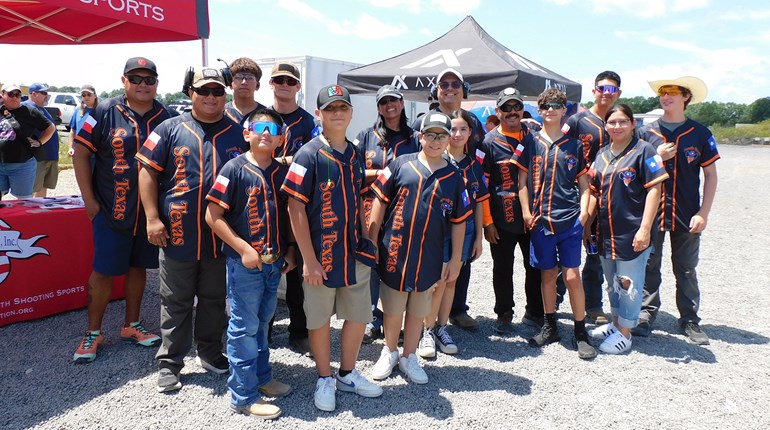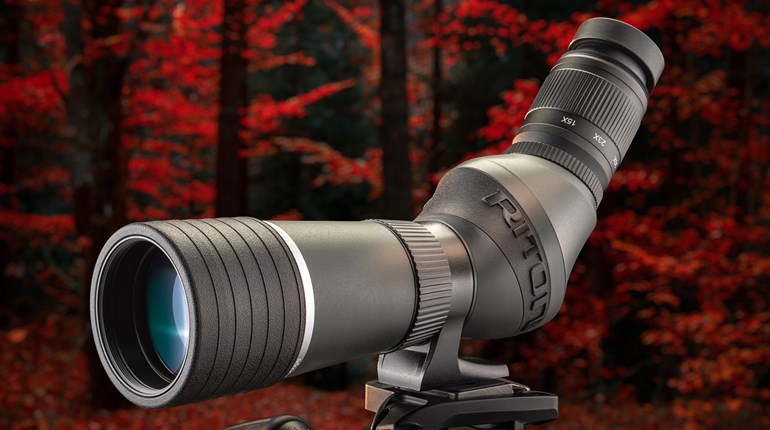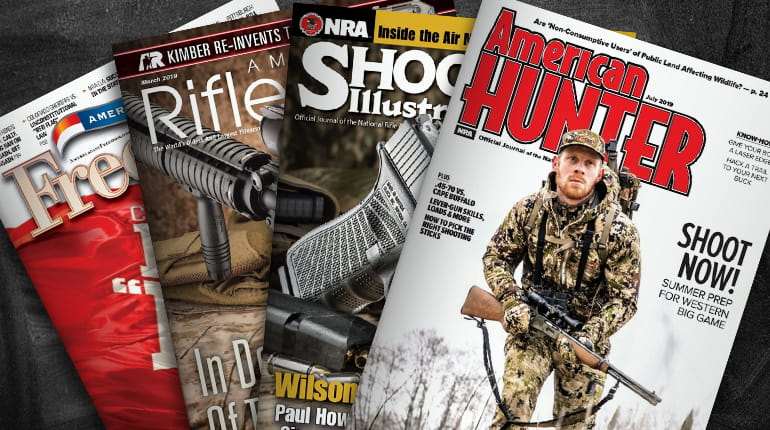
Performance in action pistol shooting, especially in United States Practical Shooting Association (USPSA) competition, is measured by accuracy, power and speed. USPSA handgun matches recognize the difficulty of shooting full power handguns in timed competition so they specify a minimum (Minor) caliber and power level that all competitors must meet. This Minor power factor is 125. The power factor is calculated by taking the bullet weight in grains and multiply by its velocity. Then divide the result by 1,000 to get the power factor. [Editor’s note: SSUSA Field Editor Chris Christian wrote this article that goes even more in-depth about the power factor in action shooting.]
Not all disciplines have this power factor requirement. NRA Action Pistol (aka the Bianchi Cup) and the International Confederation Of Revolver Enthusiasts (ICORE) have a universal 120 power factor requirement. Steel Challenge has no power factor requirement.
In addition to Minor power factor, all classes of USPSA competition specify a minimum bullet diameter of 9x19 mm (9 mm Luger) and a minimum bullet weight of 112 grains. This is not difficult to meet. Most factory 9 mm Luger ammunition with a 115-, 124-, 125-, or 147-grain bullet will exceed the Minor power factor when fired from a 4 1/4-inch barrel, which is common for most full-size 9 mm semi-automatic service grade handguns.
USPSA Production Division, which is geared for these stock carry guns, is scored as a Minor caliber regardless of the caliber used. But other USPSA divisions also recognize a Major power factor; which is 165. Some of these divisions also require a minimum bullet diameter of 10 mm―0.40 inch to make Major caliber designation.
Major and Minor power factors can compete together in many of the same divisions, but scoring in some is more generous for the Major power factors. USPSA paper targets are divided into four zones A, B, C and D. Shots in the A zone score five points regardless of power factor, and shots in the B zone are four points for Major and three points for Minor. A shot from a Major power factor scores a four in the C zone whereas a C-zone hit from a Minor power factor only scores a three. Hits in the outermost D Zone score two points for Major and only one point for Minor.
USPSA Open Division has a 165 Major and 125 Minor power factor, with a minimum bullet weight of 112 grains. Minimum caliber for Minor or Major is 9x19.
Those shooting factory ammunition in 9 mm, .40 S&W, or .45 ACP don't need to worry about making the appropriate power factor. Factory loads will easily exceed it.
But, naturally, most of the top USPSA, ICORE, and NRA Action Pistol competitors shoot reduced handloads that make the required power factor, but with less recoil. That can sometimes be significant. For example, the standard .45 ACP 230-grain factory load achieves about 860 feet per second (fps). That's a 197.8 power factor. Handloading that same 230-grain bullet to a lessor velocity of 740 fps makes a comfortable 170 power factor, with noticeably less recoil. Other calibers can benefit from reduced handloads as well.
It is best if beginners not worry about the power factor to start. Begin with your stock gun, factory ammunition, and concentrate on accuracy, speed and proper gun handling before anything else. You may compete for quite a while before you reach a plateau where the advantages of handloading, or the allure of the higher point count for Major calibers scoring becomes a factor.


































